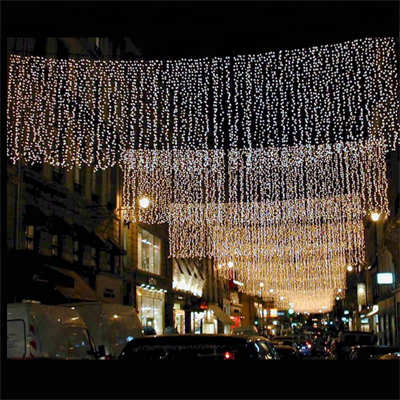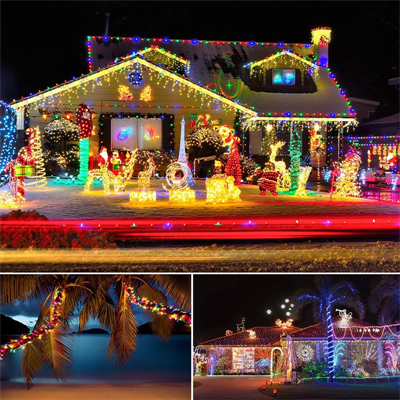The history of Christmas trees is a fascinating journey that spans centuries and incorporates various cultural traditions. Here’s an overview of how Christmas trees have evolved over time:
- Ancient Origins: The concept of decorating evergreen trees during the winter season has roots in ancient pagan cultures. Many cultures, including the Egyptians, Romans, and Druids, celebrated the winter solstice with greenery to symbolize life’s continuity even during the cold months.
- Medieval Europe: In medieval Europe, evergreen trees were used in Mystery Plays that depicted biblical stories. These “Paradise Trees” were decorated with apples to symbolize the Garden of Eden during the Feast of Adam and Eve on December 24th.
- 16th Century: The tradition of bringing evergreen trees indoors became more prominent in Germany in the 16th century. It is said that Martin Luther, the Protestant reformer, was the first to add candles to a Christmas tree, inspired by the beauty of the stars shining through evergreen branches.
- 17th and 18th Centuries: The practice of bringing Christmas trees into homes continued to grow in popularity, particularly in Germany. People would decorate the trees with ornaments, candies, and nuts.
- Introduction to Britain: Christmas trees were introduced to Britain in the early 19th century when Queen Charlotte, the German-born wife of King George III, had a decorated Christmas tree in her palace. However, the tradition didn’t immediately catch on with the general public.
- Spread to North America: German immigrants brought the tradition of the Christmas tree to North America in the 18th and 19th centuries. It initially faced resistance in some parts of the United States due to its association with German culture.
- 19th Century: The popularity of Christmas trees surged in the 19th century. The British royal family, particularly Queen Victoria and Prince Albert, played a significant role in popularizing the Christmas tree tradition. An illustration of Queen Victoria and her family around a decorated tree was published in the Illustrated London News in 1848, and this image helped make the Christmas tree a fashionable tradition.
- Modern Decorations: In the late 19th and early 20th centuries, the Christmas tree became more accessible to the general public. People began using electric lights instead of candles for safety reasons, and commercially produced ornaments and decorations became widely available.
- Global Adoption: Today, the tradition of decorating Christmas trees is widespread and celebrated in many countries around the world. While the styles and decorations vary from place to place, the central idea of bringing an evergreen tree into the home as a symbol of life and hope during the holiday season remains consistent.
The history of Christmas trees demonstrates how a simple pagan tradition evolved over time, blending with religious and cultural influences to become one of the most iconic symbols of the Christmas season.
























